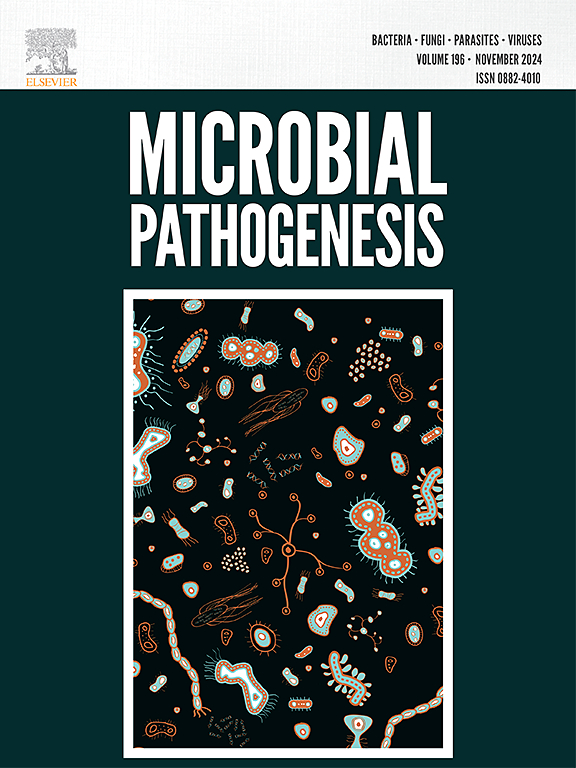A critical review on innovative targets for signal disruption in Enterococcus faecalis infection management
IF 3.5
3区 医学
Q3 IMMUNOLOGY
引用次数: 0
Abstract
Enterococcus faecalis is a Gram-positive gut-associated microbe that commonly inhabits the human intestine and poses an immense threat to individuals with a compromised immune system, particularly in healthcare settings. It is also delineated for its various virulent factors, such as strong biofilm formation and resistance to multiple medications, which in turn challenge the current treatment strategies. Quorum sensing systems, particularly the Fsr and LuxS systems, play an important role in its virulence by regulating the synthesis of enzymes like gelatinase and serine protease, which help maintain biofilm stability and host tissue encroachment.
E. faecalis biofilms are resistant to antimicrobial medications, making the bacteria challenging to eliminate. This review explores E. faecalis quorum sensing systems and their role in biofilm formation, emphasizing these pathways as prospective targets for therapeutic intervention. Emerging techniques, which include the application of phages, probiotics, nanoparticles, and phytochemicals, can inhibit quorum sensing, disrupt biofilm growth and reduce E. faecalis pathogenicity. Targeting these processes may provide beneficial substitutes or complements to standard antibiotics, especially for antibiotic-resistant bacteria. These strategies aid in improving infection control and therapeutic effectiveness toward E. faecalis in healthcare settings.

粪肠球菌感染管理中信号干扰的创新靶点综述
粪肠球菌是一种革兰氏阳性肠道相关微生物,通常存在于人体肠道中,对免疫系统受损的个体构成巨大威胁,特别是在卫生保健机构中。它也被描述为其各种毒性因素,如强生物膜形成和对多种药物的耐药性,这反过来又挑战了当前的治疗策略。群体感应系统,特别是Fsr和LuxS系统,通过调节明胶酶和丝氨酸蛋白酶等酶的合成,在其毒力中发挥重要作用,这些酶有助于维持生物膜的稳定性和对宿主组织的侵犯。粪球菌生物膜对抗微生物药物具有耐药性,使细菌难以消除。这篇综述探讨了粪肠球菌群体感应系统及其在生物膜形成中的作用,强调了这些途径作为治疗干预的潜在靶点。新兴技术,包括噬菌体、益生菌、纳米颗粒和植物化学物质的应用,可以抑制群体感应,破坏生物膜的生长,降低粪肠球菌的致病性。靶向这些过程可能为标准抗生素提供有益的替代品或补充,特别是对抗生素耐药细菌。这些策略有助于改善卫生保健机构对粪肠杆菌的感染控制和治疗效果。
本文章由计算机程序翻译,如有差异,请以英文原文为准。
求助全文
约1分钟内获得全文
求助全文
来源期刊

Microbial pathogenesis
医学-免疫学
CiteScore
7.40
自引率
2.60%
发文量
472
审稿时长
56 days
期刊介绍:
Microbial Pathogenesis publishes original contributions and reviews about the molecular and cellular mechanisms of infectious diseases. It covers microbiology, host-pathogen interaction and immunology related to infectious agents, including bacteria, fungi, viruses and protozoa. It also accepts papers in the field of clinical microbiology, with the exception of case reports.
Research Areas Include:
-Pathogenesis
-Virulence factors
-Host susceptibility or resistance
-Immune mechanisms
-Identification, cloning and sequencing of relevant genes
-Genetic studies
-Viruses, prokaryotic organisms and protozoa
-Microbiota
-Systems biology related to infectious diseases
-Targets for vaccine design (pre-clinical studies)
 求助内容:
求助内容: 应助结果提醒方式:
应助结果提醒方式:


